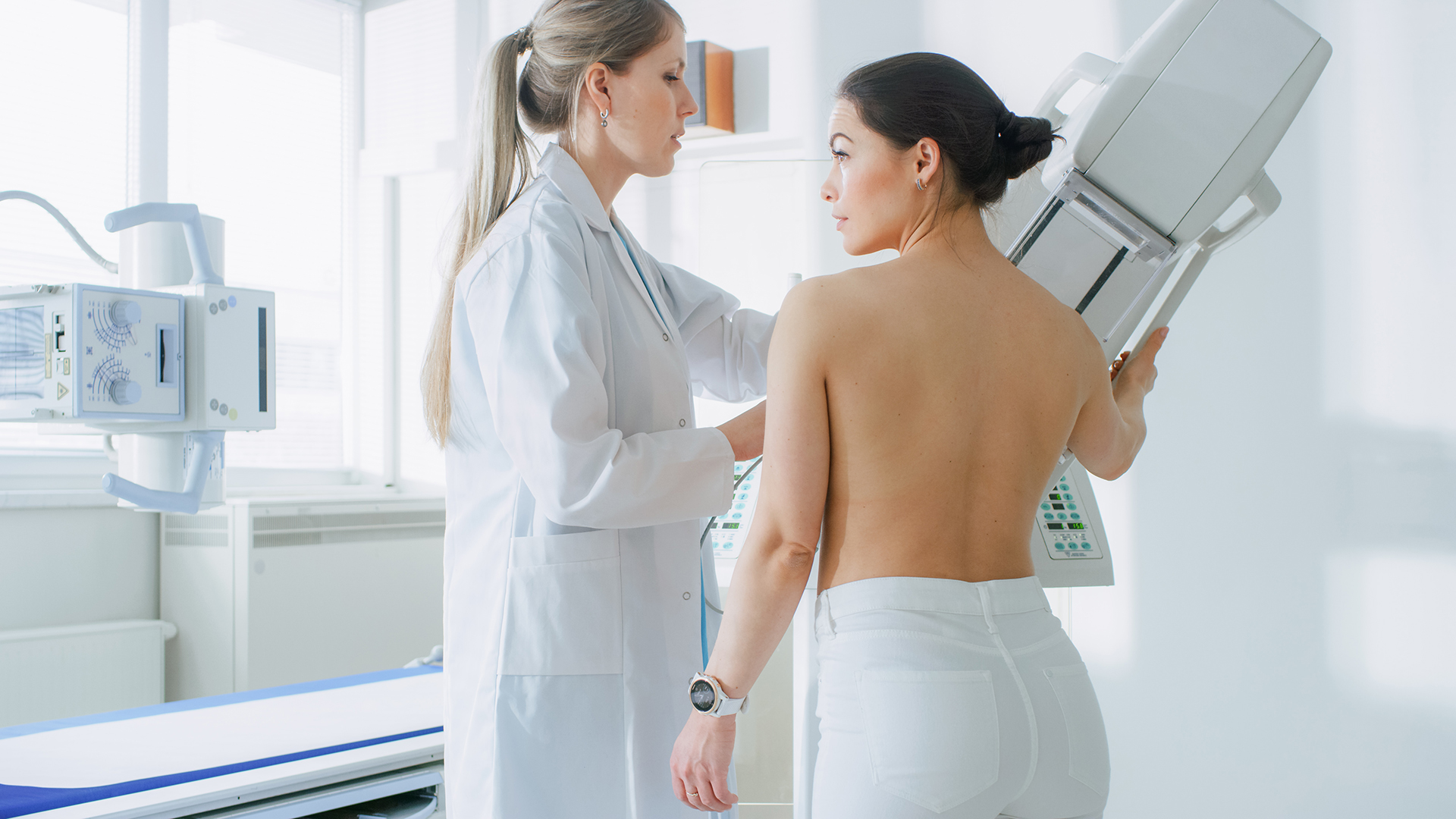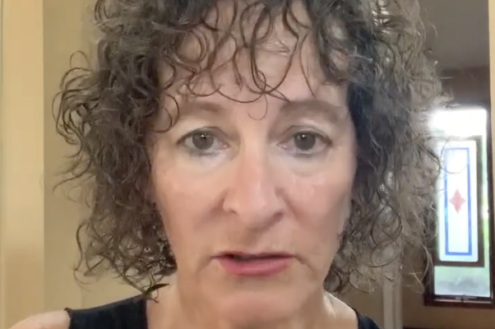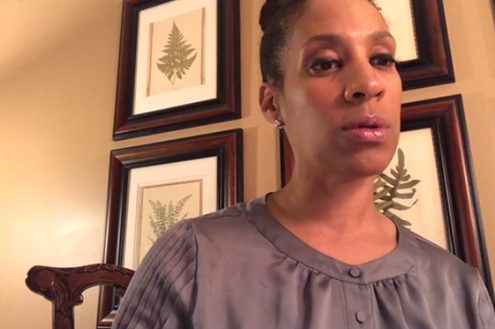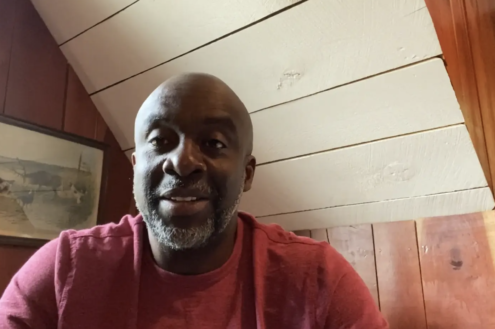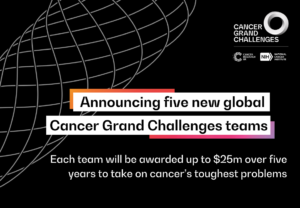SELF CARE - THE 4 CS OF BREAST HEALTH™
The 4 Cs of Breast Health™ build upon each other to ensure that you are living your best life and a long, high-quality life free of disease.
COMPETENCE
Building your skills in knowing how to accurately perform a breast self-exam (BSE) and understanding, based on your risk factors, at what age and frequency you should be screened for breast cancer, are important aspects to building your confidence and consistency. This foundational pillar is key to your health and one of the main reasons Touch4Life was founded. Most women don’t know what to do to perform a BSE. They pat, they squeeze. They flounder. Frustrated and unsure, they give up and worse, they may miss something important, delaying care and risking a more severe late-stage diagnosis. Our goal is to ensure that you know how to perform a BSE. Many women don’t know their risk factors. More, still don’t know which tests to have performed to screen for breast cancer—mammogram, MRI, genetic tests, etc. Find out more about risk appropriate screenings.
CONSISTENCY
Stick with it! Consistently keep your appointments. Whether you are being screened or following through on a cancer treatment plan, stay the course. You can do it.
CONSCIOUSNESS
Good breast health starts with being aware. Learn about your options, your body, and the latest screening and treatment guidelines. You are your best advocate. It starts with a baseline of your overall and breast health as a snapshot in time, and staying in tune with yourself so that you recognize when something isn’t quite right. If you are on a breast cancer journey, understanding your options, seeking and finding the care team that works for you.
CONFIDENCE
Now that you’ve learned about breast health, you can be confident in your approach and establish your baseline. Perform a Breast Self Exam, become self-aware, and write down what you feel and observe each time, for each breast.
STORIES... FROM SURVIVOR TO THRIVER
SUPPORTER STORIES
ADDITIONAL RESOURCES
- The Breast Cancer Risk Assessment Tool allows health professionals to estimate a woman’s risk of developing invasivebreast cancer over the next 5 years and up to age 90 (lifetime risk). Visit The Breast Cancer Risk Assessment Tool
- More women are beating breast cancer these days, in part because of improved treatments and screening. When abnormal tissue or cancer is found in its early stages, it may be easier to treat. Visit News In Health To Read More
- Breast cancer is the second most common cancer in women after skin cancer. Mammograms can detect breast cancer early, possibly before it has spread. Explore the links on this page to learn more about breast cancer prevention, screening, treatment, statistics, research, clinical trials, and more. Visit The National Cancer Institute To Read More Learn More About Breast Cancer Statistics and Resources
- National Mammography Program – National Breast Cancer Foundation provides grants to facilities across the United States that provide screening and diagnostic mammograms, breast ultrasounds, clinical breast exams, and patient navigation to underserved individuals who qualify. Find a facility.
- Patient Navigator Program – The Patient Navigator Program is a proactive approach to helping patients overcome the barriers of cost, fear, and misinformation surrounding a disease and its prevention. Find a facility.
- National Breast and Cervical Cancer Early Detection Program (NBCCEDP) The Centers for Disease Control and Prevention (CDC) provides access to breast cancer screening services to women in all 50 states, the District of Columbia, 5 U.S. territories, and 12 tribal organizations.
- National Cancer Institute Information about free or low-cost mammogram screening programs is available through NCI’s Cancer Information Service at 1-800-422-6237.
- The American Cancer Society The American Cancer Society (ACS) provides resource lists for free or low-cost mammograms and financial assitance based on your location. When you go to their website, Cancer.org, look for the “About Us” tab in the top right corner. When you click on that, select your state in the “Where We Help” menu to be directed to a list of local resources.
- Breast and Cervical Cancer Treatment Program (BCCTP) – This state program is funded through Medicaid to provide underserved women free healthcare throughout treatment. The program is available in all 50 states. For the application process, contact your local hospital and ask to speak to a nurse or patient navigator regarding the program.
- The Patient Access Network Foundation – The PAN Foundation provides assistance to remove financial barriers for medications, treatment, and travel expenses for patients.
- Cancer Financial Assistance Coalition The CFAC is a coalition of organizations that help patients reduce financial barriers during cancer treatment. When you visit their website, select the type of assistance needed and enter your zip code to find resources near your area.

